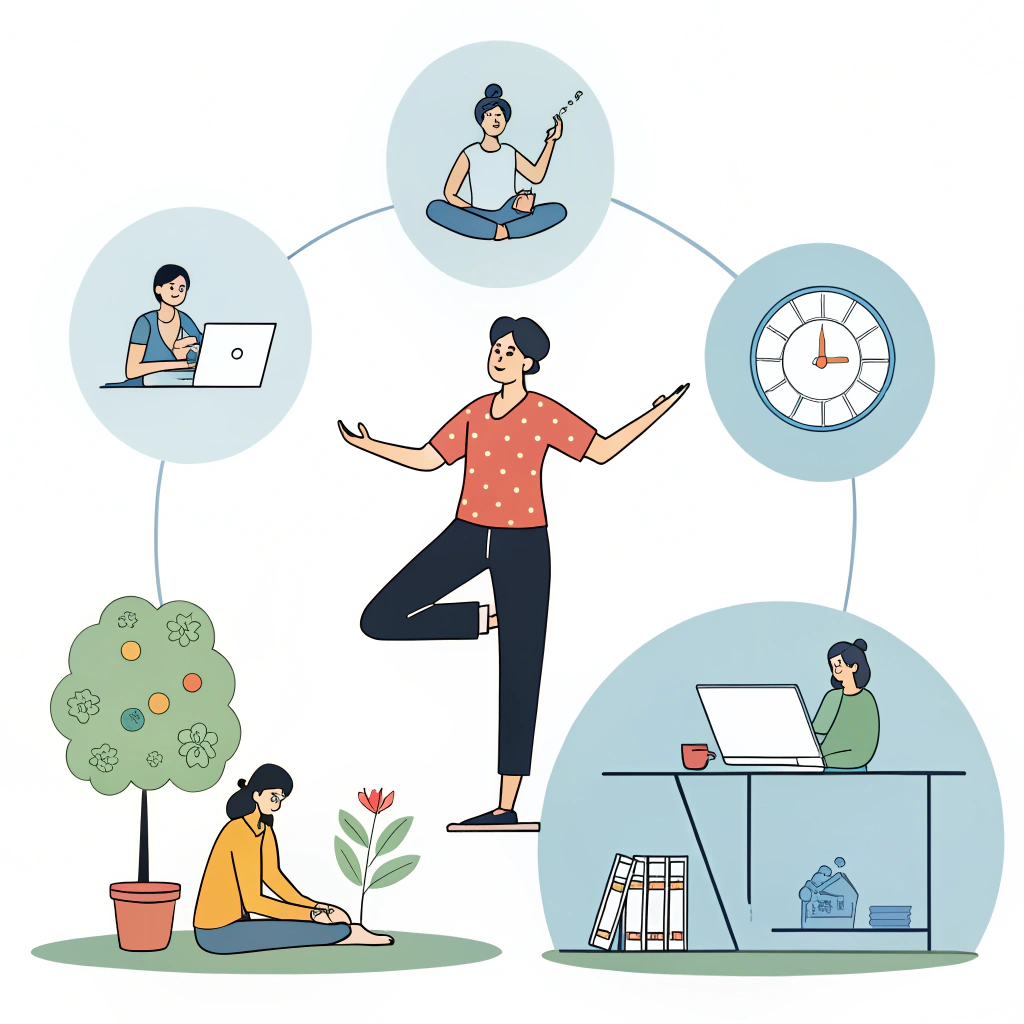
In today’s rapidly evolving work environment, the question organizations must ask is no longer, “How can we make employees more productive?” but rather, “How can we design work that enables people to thrive?”
At CorporateOne, we believe that the most productive organizations are those that put people first. It’s time to move beyond outdated notions of hustle culture, rigid schedules, and one-size-fits-all workplaces. The future of work demands a human-centered approach to productivity—one that acknowledges life outside the office and empowers individuals to do their best work in ways that align with their personal rhythms, values, and well-being.
Historically, productivity has been tied to time: hours worked, tasks completed, efficiency tracked. While these metrics had their place in industrial and early corporate settings, the knowledge economy has disrupted this paradigm. Today’s professionals contribute creativity, emotional intelligence, problem-solving, and innovation—qualities that are not best measured in time blocks but in outcomes and impact.
Moreover, the workforce itself is changing. Gen Z and millennial employees prioritize purpose, balance, and mental health. The post-pandemic era has cemented remote and hybrid work as the new normal, further blurring the lines between professional and personal life. With this backdrop, designing work around life is no longer a luxury—it’s a strategic imperative.
Human-centered productivity is the design and execution of work systems that prioritize people—how they think, feel, collaborate, and perform best. It’s built on empathy, flexibility, and trust.
Here are the key principles that define it:
Rigid schedules and location-bound work have given way to flexible hours, remote or hybrid setups, and asynchronous communication. This doesn’t mean a lack of structure—it means giving individuals the freedom to align their work with their personal lives and natural productivity patterns.
At CorporateOne, we advise clients on creating adaptable work frameworks that encourage autonomy while maintaining accountability.
Productivity is unsustainable without well-being. Companies must embed mental health resources, wellness initiatives, and work-life harmony into their culture. This includes reasonable workload expectations, encouraging time off, and eliminating stigma around asking for support.
It also means designing physical and digital environments that reduce friction, promote focus, and foster a sense of safety and belonging.
Traditional performance metrics reward presence and responsiveness. Human-centered productivity flips that script by focusing on results and value creation. When employees are evaluated based on the impact of their work rather than the volume of their activity, they are more motivated, more creative, and more aligned with organizational goals.
The people doing the work are often best positioned to improve how it gets done. Involving employees in the design of tools, workflows, and policies not only leads to more effective solutions—it builds ownership and engagement.
At CorporateOne, we use participatory design methods to co-create workplace strategies that truly work for the people they serve.
Human-centered productivity does not mean analog or low-tech. On the contrary, it embraces intelligent digital solutions that simplify tasks, reduce cognitive load, and support seamless collaboration—without overwhelming employees with notifications or tools they don’t need.
We work closely with organizations to assess and streamline their digital ecosystems to better support focused, meaningful work.
Beyond ethical and cultural benefits, the business case for designing work around life is compelling. Companies that adopt this approach consistently report:
When people feel seen, heard, and supported, they show up not just with their skills—but with their full creative potential.
The move toward human-centered productivity requires a shift in mindset, systems, and leadership styles. It challenges us to rethink everything from job descriptions and performance reviews to meeting culture and office design.
At CorporateOne, we partner with forward-thinking companies to reimagine the modern workplace through this lens. Whether through digital transformation, people strategy, or workplace design, we help leaders build environments that respect both human needs and business goals.
Because the future of work is not about fitting life into work—it’s about designing work that fits into life.
The organizations that will thrive in the years ahead are those that recognize productivity as more than a metric. It’s a reflection of how people feel, how supported they are, and how deeply they connect to their work. Human-centered productivity is not just a new management style—it’s a holistic way of building businesses that are resilient, innovative, and humane.
At CorporateOne, we’re proud to lead the conversation—and the transformation—toward a more people-first future of work.
